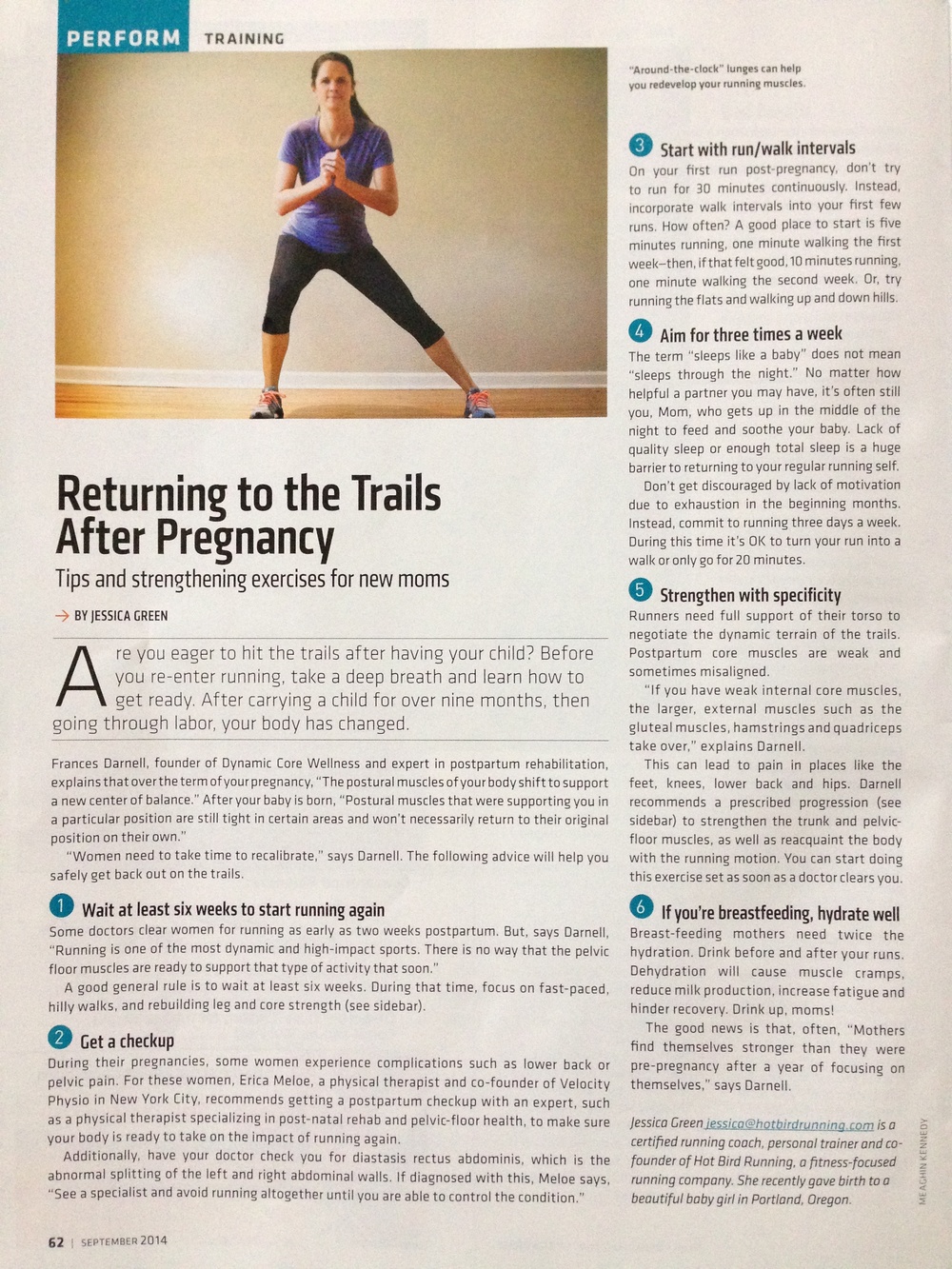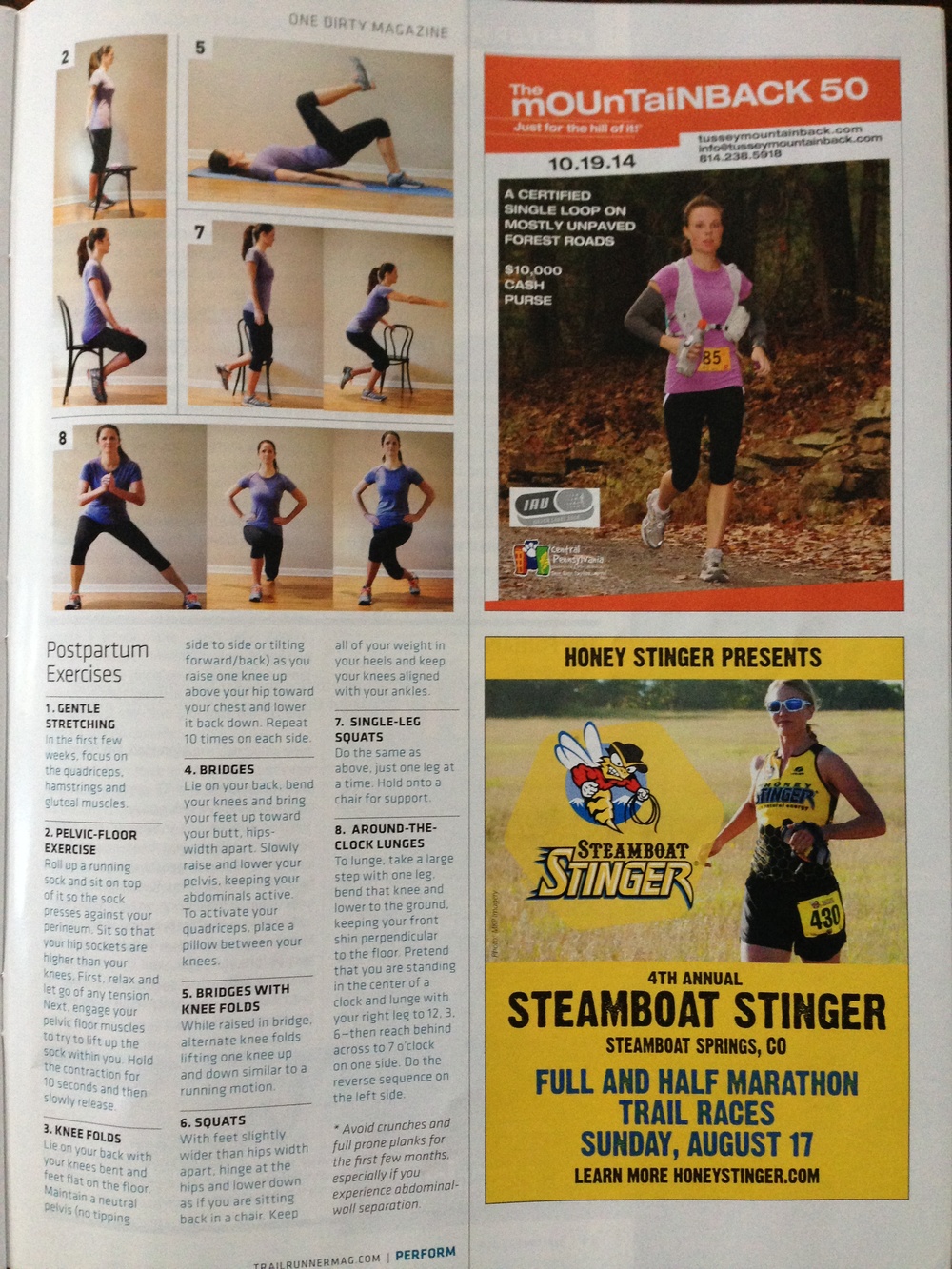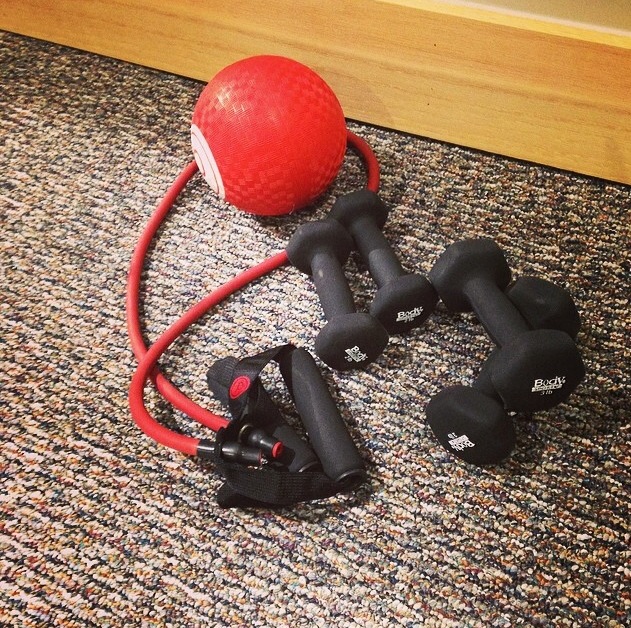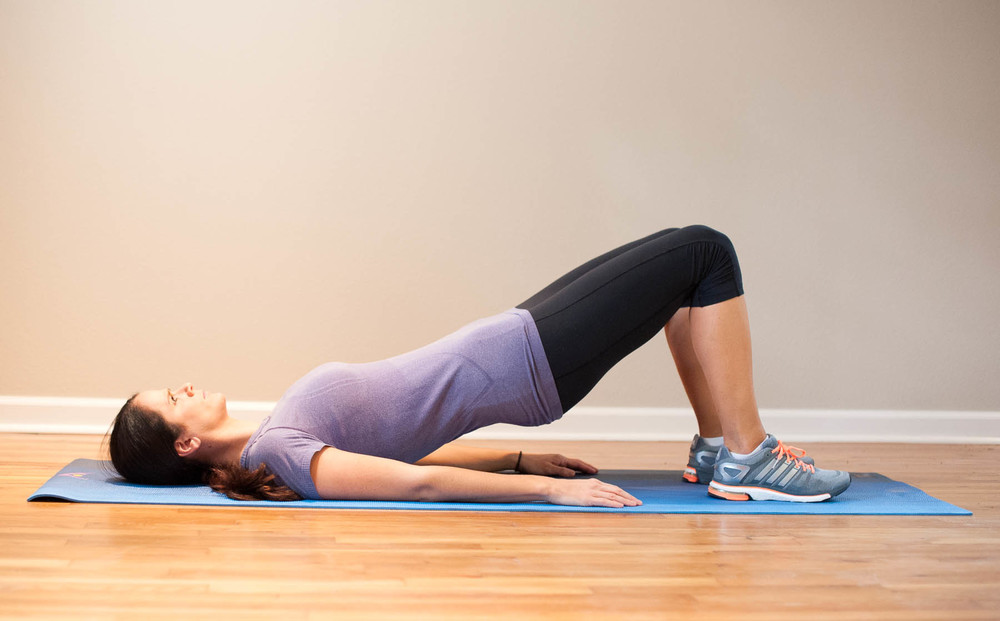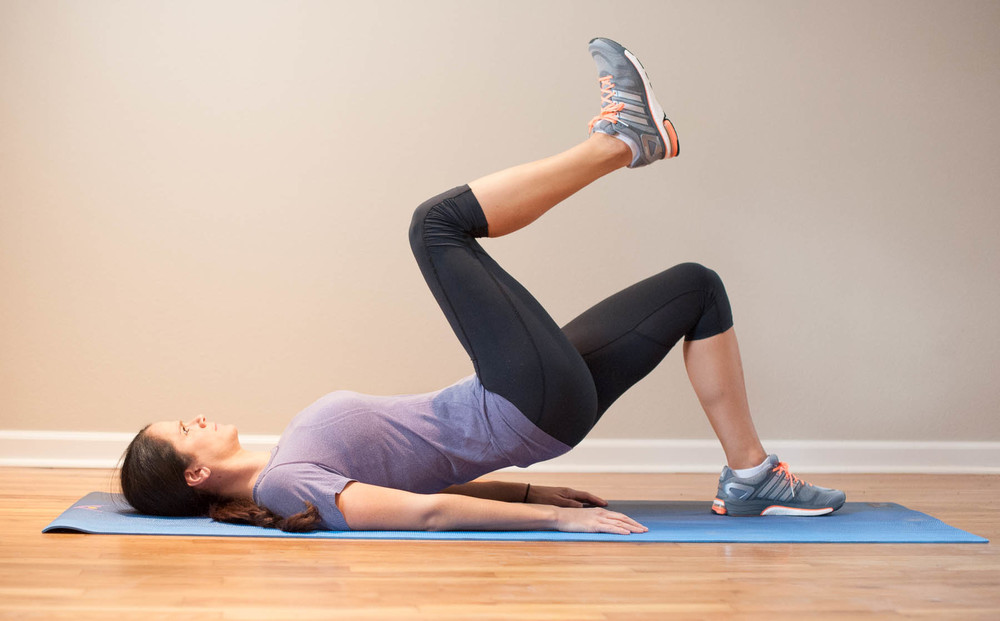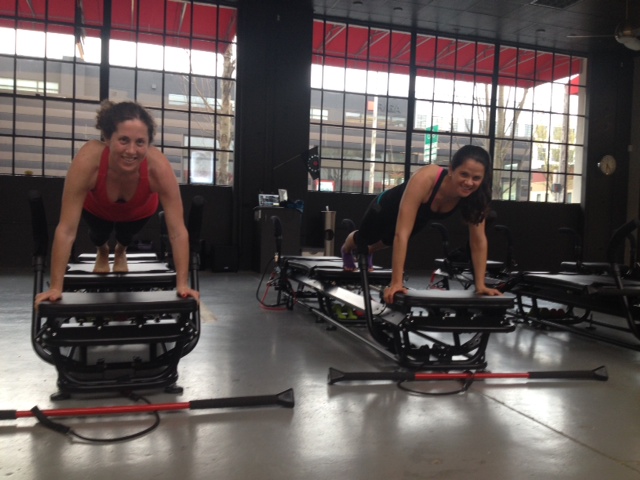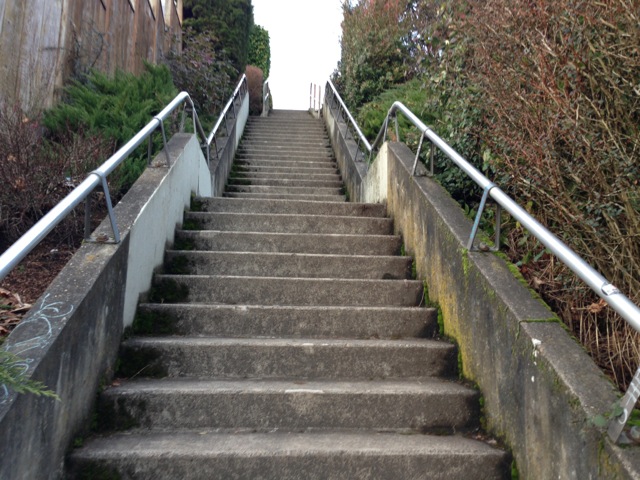It seems like shin splints are in the air the last few weeks. Perhaps it's because as the weather gets nicer people are ramping up their running. There are a few, very simple strength exercises you can do to prevent the onset of this nagging injury often caused by overtraining, ramping up your mileage too soon, or an imbalance in strength between the shin and the calf. These exercises include the following (do them every day if you can):
1) Toe/Heel Walking: Walk the length of the room on the toes and then heels with the feet and knees pointed straight ahead of you. Then externally rotate the legs 45 degrees and walk the length of the room on your toes and then heels. Finally, internally rotate your legs 45 degrees and walk the length of the room on your toes and then heels. Walk slowly, emphasizing balance. Make sure knees are tracking the same direction as the toes.
2) Calf Raises: Stand on one foot, with other leg bent and standing knee slight bent to prevent locking. Slowly raise up on the ball of foot as high as possible and slowly return to the floor, emphasizing balance. Repeat for 2 sets of 10 repetitions on each side. Use a wall or railing for balance.
3) Toe Taps while Seated: In a sitting position lower and raise the left foot with the heel on the ground as high and as quickly as possible for 60 seconds. Repeat on the right side. Start by doing this on each side once and build up to 2-3 times on each side.
4) Side-to-side Weight Shift on Toes: Stand on toes and ball of the feet, shift weight from the inside of the feet, near the big toe, to the outside of the feet, near the small toe. Rock from the inside to the outside of the feet slowly and under control, emphasizing balance (that is one repetition). Repeat for 2 sets of 20 repetitions.
If you are prone to shin splints, warm up with 5 minutes of walking and then do this routine before every run - it WILL make a difference.
* If you are currently suffering from shin splints, stop running for a few days to a week, ice the front of your shins and avoid hills once you return to running (pain free). Do not try to run through shin splints. This will only make them worse.







